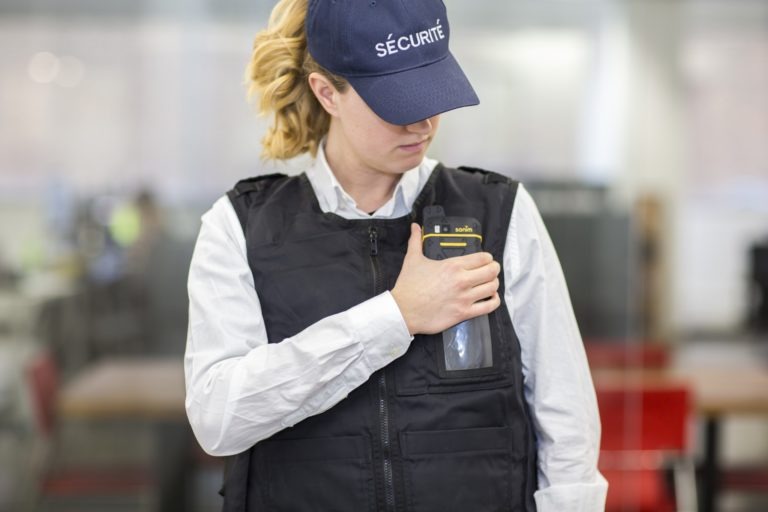Security companies are involved in some of the most important work there is — namely, ensuring that client facilities (and the people within them) are kept safe. A security team that performs its job well can prevent theft, report maintenance problems before they get out of hand, and even protect a client’s employees and customers.
But how can you be sure that you’re providing value to your clients? And how can they have confidence that you’re making a difference for their facility? When it comes to accountability, security managers need to take a proactive approach by fostering transparency. Thankfully, with the help of today’s security guard monitoring tools, it’s never been easier to provide transparency in all aspects of your work environment.
As the following examples illustrate, improving transparency within your security company will result in several lasting benefits:
1. Employee accountability
Most security managers are initially concerned with transparency efforts within their own staff. How can they be certain that guards are fulfilling their shift duties? How can they best evaluate guard performance? The most effective solution for employee transparency is the use of a guard monitoring systems.
Guard monitoring systems utilize GPS tracking through smartphones and other devices so that managers are constantly aware of their guards’ positions while on duty. With the help of these tools, monitoring systems also use digital checkpoints that automatically record when a guard arrives at that part of their route.
By automatically recording crucial data points and even sending alerts to the management team when a guard doesn’t check in at a particular location, managers can have confidence in the reports they receive both during and after a patrol.
After all, while it is possible to falsify information on a paper report, it’s nearly impossible to fake timestamp and location tagging data that are automatically recorded by a guard’s smartphone. This data makes it much easier for managers to evaluate guard behaviors during a patrol, which in turn allows them to identify top performers and those who need to improve.
2. Client confidence

The aforementioned accountability measures can also go a long way in improving client confidence. By showcasing how you collect and use data from guard patrols, your clients will have a greater understanding of your commitment to providing top-quality security services.
Clients will also understand that your top priority is getting quality results from your guard team and ensuring that their needs are met — especially as you forward incident reports and other important pieces of data to them. These documents will help clients recognize security trends as they see what your team has done to mitigate various incidents.
By helping your clients see how you hold your own staff accountable and showcasing how you respond to security incidents on their property, they will be more inclined to trust your recommendations and recognize the value you provide for their facility. More importantly, if a dispute arises regarding a guard’s submitted report, your prior dedication to transparency will help you retain a client’s trust.
3. Appeal to new clients
Transparency doesn’t just demonstrate your value to your current clients — it also lays the groundwork that will allow you to expand your business and attract new customers.
Many of today’s corporations demand transparency from their security providers because their own customers expect it of them. As such, everything you do to implement a culture of transparency both internally and externally will make it that much easier for potential clients to view your team as a viable solution.
When you showcase how you use today’s technology to manage your guards and deliver accurate information to your current clients, you become that much more appealing over a potential competitor. This is especially true if you can illustrate how your transparency efforts have allowed other clients to make further improvements to their own security practices.



